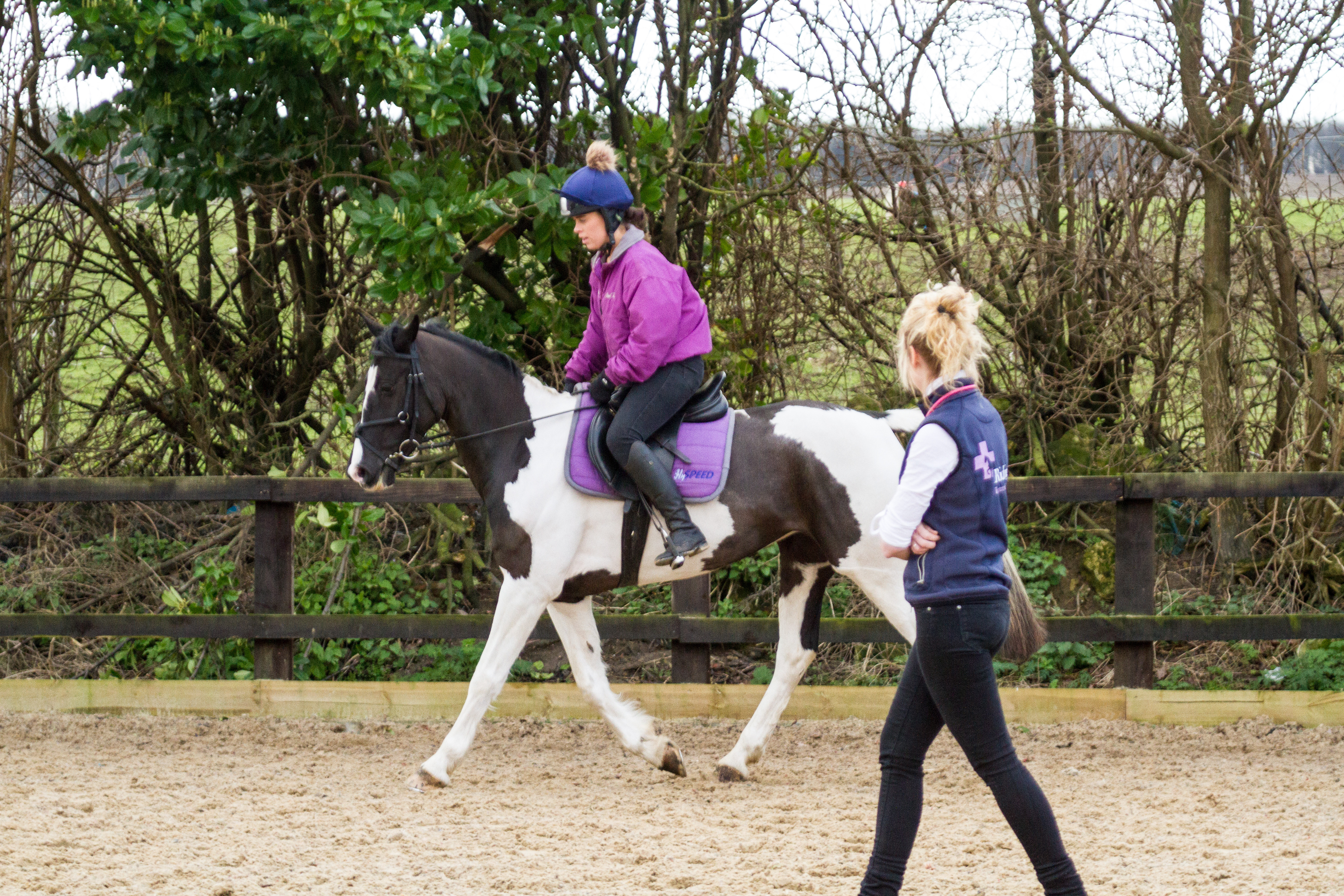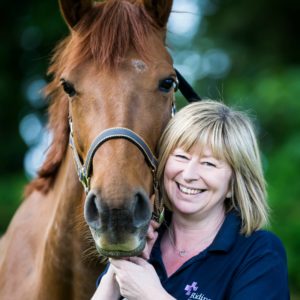One of the most common questions I get asked when clients are considering buying a horse is whether they should get a 2 stage vetting (pre purchase examination) or a 5 stage vetting.
It’s a difficult question because from my point of view a 5 stage vetting is far superior to a 2 stage vetting but I appreciate sometimes there needs to be a compromise on cost and possibly facilities.
So whats the difference? The simple answer is the exercise phase. A stage 2 vetting includes a thorough examination of the horse at rest, which includes eyes, heart, lungs, conformation, teeth and skin. This is followed by seeing the horse walk and trot in hand on a straight hard surface, flexion tests of all 4 legs, backing up and turning on a tight circle. Sometimes lunging on a hard circle is also included. A blood sample is taken which goes into storage for 6 months should there be any concern the horse may have been under the influence of sedative or pain relieving drugs during the vetting or trial period the bloods can be tested (at additional cost).
The 5 stage vetting goes on to see the horse exercised. Personally I like to see them lunged and ridden to a level equal or greater than they will be expected to perform after purchase but this can vary between vets. This allows us to assess the horses breathing and heart rate at exercise, watch it walk, trot, canter and gallop with a rider on board and assess the recovery rate. We can watch for back issues, subtle lameness, tack problems, signs of gastric ulceration and problems with the teeth or acceptance of the bit. Following the exercise the horse is then put back in the stable for a period of rest before a final trot up which may highlight lameness made evident by the exercise.
So which should you choose? I think situations where a 2 stage vetting are appropriate are when the horse will never need to be exercised, for example broodmares and companion animals.
Many people would suggest young horses shouldn't need a 5 stage vetting but I disagree, especially in horses destined for performance. Even unbacked youngsters can be exercised either on the lunge or free schooled to allow their breathing, heart rate and gait to be assessed. Don't forget these unbacked youngsters are not in much work so any lameness present is likely to be subtle and may only show when or after exercising.
I always tell people the difference in cost of a 2 and 5 stage vetting (typically £100-£150) may be a small price to pay in the long run by avoiding a horse with expensive veterinary issues.
Examples of conditions that will be detected at a 2 stage vetting include; sarcoids, melanomas, conformation abnormalities, splints, heart murmurs at rest, abnormalities of the eyes, obvious lameness present on a straight line.
Things that could be missed at a 2 stage vetting but detected at a 5 stage vetting (these are all real examples); respiratory noise only present at exercise (the horse had a paralysed larynx and required surgery costing £2500), an irregular heart rate only detected following exercise (the horse was purchased following a 2 stage vetting but 2 years later was unable to be sold due to failing a 5 stage vetting), back problems such as kissing spine- often noticed when the rider mounts the horse, bucking or tail swishing in canter, and pain on palpation of the back after exercise. Many subtle lameness’s are only detectable during or after ridden exercise and may result in expensive veterinary fees or worse, the horse being unable to fulfil the required potential.
Its worth noting that neither examination include examination of the inside of the sheath, a detailed mouth exam with a gag, a height measurement or examination for pregnancy. All these can be requested in addition to the standard vetting.
If you have any questions or are interested in a vetting please get in touch on 07747771182.
Jenny x

